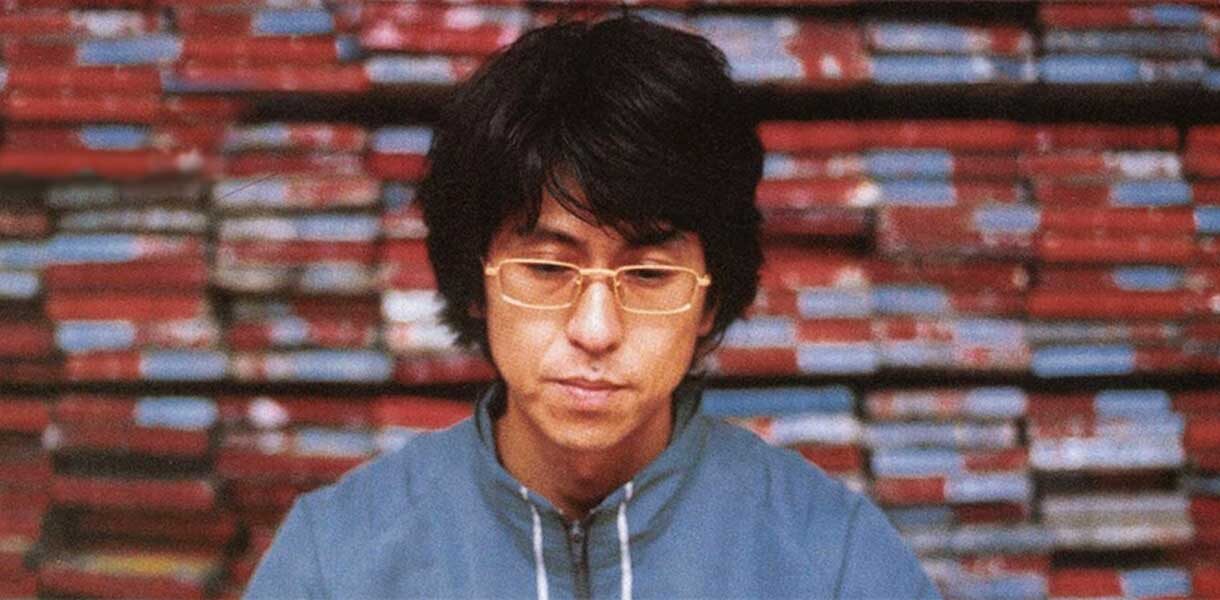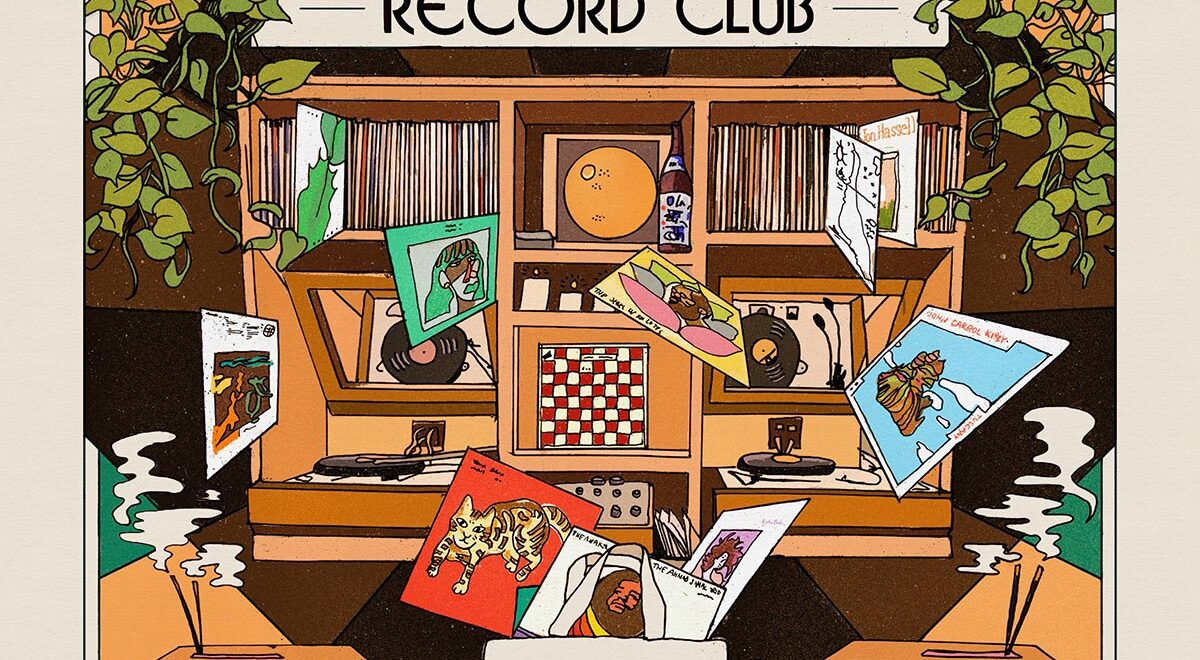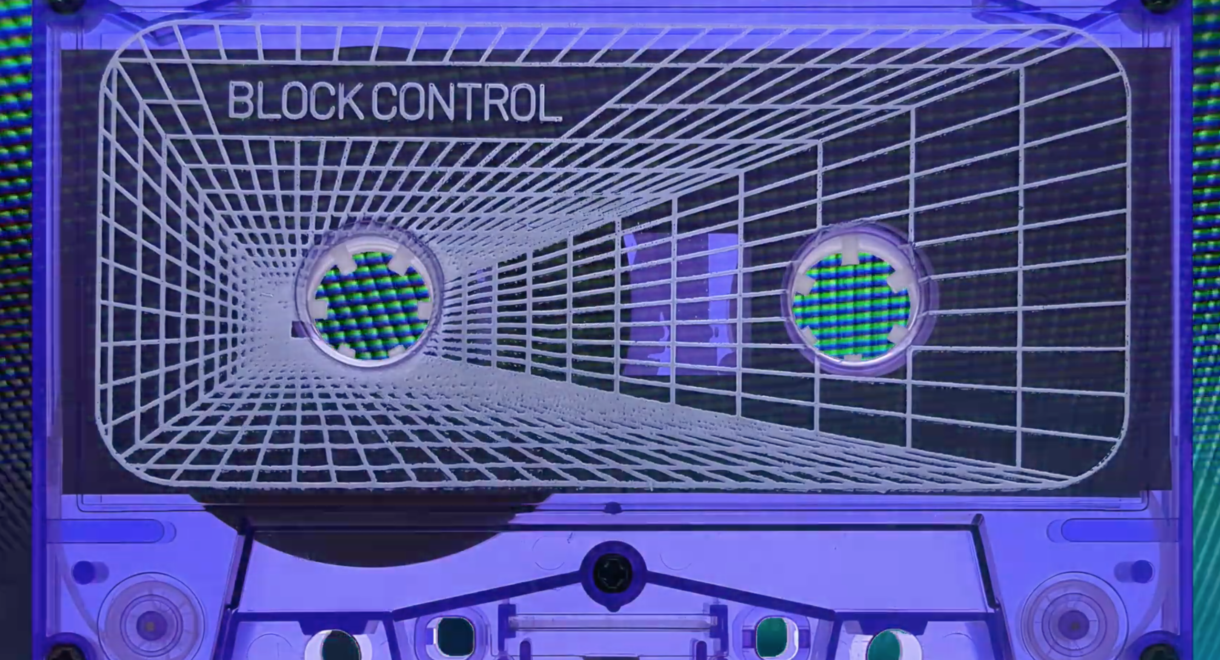In 1994, the late Japanese electronic producer Susumu Yokota was just getting started but only a few years away from releasing a string of brilliant, inventive ambient electronic […]
Ron Murphy, Detroit techno and the power of a well-cut 12-inch

Remembering a Detroit legend…
To hear the late Ron Murphy discuss cutting records is like getting the lowdown on designing lamps from Charles Lewis Tiffany. The Detroit audio engineer’s work with artists including the Underground Resistance posse (Jeff Mills, Mike Banks, Robert Hood, Rolando, James Stinson, etc.), Mike Huckaby, Omar S, Plastikman, and DJ Assault changed the sound of techno. You can hear it in the bottom end, the way the bass simultaneously hums and thumps. It seems to roll through the tracks he masters and cuts.
Here is a brief undated clip of Murphy, who died in 2008, in his studio cutting a techno 12-inch. Note the feather (?) in the jar bouncing along with the beat. Then note the aging white engineer and Motown expert rocking out.
Murphy cut the master lacquers for hundreds of techno tracks. Before that, he worked at Motown as an in-house engineer, and his deep knowledge of Motown soul was a bridge that connected two remarkable musical movements. He also freelanced for Stax.
For example, turn up Isaac Hayes’ version of “Walk on By,” from Hot Buttered Soul, and pay attention to the echo and reverb. That’s Murphy’s engineering and effects work.
After Motown relocated from Detroit to Los Angeles in the mid-1970s, Murphy cofounded National Sound Corporation (later changed to Sound Enterprises). That’s the NSC logo above. Murphy cut that identifier into every lacquer he worked on.
“I didn’t intend on doing any mastering, until Derrick May and Juan Atkins walked in the store,” Murphy told a Detroit Metro Times interviewer in 2001. “They knew what the equipment was, and Derrick May said, ‘Can I cut a master on that?’ He brought in his DAT recorder the next day, and when I asked him, ‘How do you want it cut as far as the EQ?’ he says, ‘Cut it anyway you want to do it.’ So I cut it, and he jumped up and down and said, ‘Now that’s the way a record should sound.’”
You can learn a ton about Murphy’s work in a 2015 Red Bull Music Academy feature. The deep-dive outlines the impact and influence of Murphy’s approach, and interviews many artists who worked with him over the years, including Jeff Mills and John Acquaviva.
As noted on the Detroit-centric MusicWiki Detroit site:
Aside from the NSC logo, it was also common to find verbiage on Murphy’s records. “He would inscribe stuff on the inside band,” recalls Juan Atkins, and we would send messages to each other like, “This is Detroit” or “This is the world’s best electronic music.” This personal touch made Detroit records unique, not only in sound, but in looks as well. “We would put handwritten notes saying some sort of mystic message,” like, “This is a message from another dimension.” On a Kenny Larkin record for Plus 8, John Acquaviva recalls inscribing the phrase, “Don’t step on the cracks of society, search them out and jump right in.”
The above video is an excellent primer on the importance of a well-cut master from one of the behind-the-boards legends of Detroit. He explains the process step by step, and then offers a tour of his facility. For a lot of techno producers and DJs in the 1990s, a trip to NSC was a kind of pilgrimage.
Those who want to go further are advised to check out Mad Mike’s Submerge Podcast, which published an hour-long interview with Murphy recorded at Sound Enterprises/NSC.
Here’s a classic Murphy-cut track by DJ Assault.










